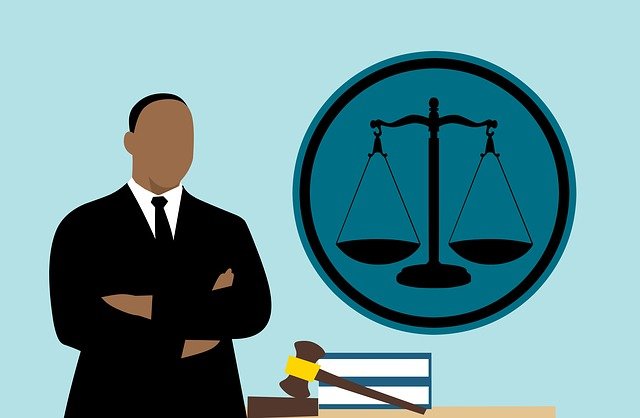Whistleblowing in the Business environment
The concept of whistleblowing draws its origins in ancient traditions. When a community identified an imminent threat, the people on the lookout would sound the alarm by ringing a bell or blowing a horn or whistle. When a whistle is blown, it obviously draws attention or raises alarm, thus the definition of whistleblowing is based on this analogy. We can define whistleblowing policy as an ethic-based guideline where an individual raises concerns when the organization is at risk whether internally or externally. The individual could be an employee, a customer, a shareholder or even people from outside.
Purpose of the Whistleblowing Policy
1. Helps to avoid breach of fiduciary duties. It encourages those at the strategic level to work with due diligence and ensure they practice fair dealing and avoid conflict of interest.
2. Gives the criteria of how to report someone. The policy clearly lays out how and when to report any malpractice, it has a sequential process e.g. there should be evidence supporting the complaint.
3. Encourages good governance practices. Once an individual is aware that any kind of malpractice will bring him dire consequences, he ends up acting in an ethical way, this is a psychological control of ensuring the value of the shareholders is improved and the interests of the stakeholders are also put into consideration.
4. Helps to avoid loss emanating from fraudulent activities. Since the policy changes the culture of an organization to not put up with malpractices, it helps avoid losing immeasurable wealth since there won’t be any backdoor activities taking place without the knowledge of other stakeholders.
5. Upholds the organization’s reputation. Clients may be attracted to a firm that has a whistleblowing policy as they will feel assured of the quality of products and services offered since it discourages any kind of bias.

The Whistleblowing Process
Step 1. Collect the evidence
If you have a disclosure to make, you must first base it on facts and evidence. You cannot report any unethical practice without supporting your claim. The evidence could be CCTV footage, a voice record, a WhatsApp text, or any other valid evidence to show that the person really did an act of dishonesty.
Step 2. Finding the right place or person to disclose to
Once you have the evidence, you have to analyze the business environment to identify the right person or place to report the person who did not act in utmost good faith. The person may be a senior, you cannot obviously report him to a junior as no action may be taken whatsoever. You have to disclose it to someone with the powers to give a go ahead.
Step 3. Investigation
So now, disclosure has been done and investigations begin, to find out how the disclosed person carries out the malpractice and when this could even help nab him red handed in the act. It could also help gather more evidence against him.
Step 4. Conclusion
Once everything is done, the management has to make a final decision on what to do to the person disclosed. The person may be forced to confess and also get fired from the job, or a legal case may be filed against him and he may be required to compensate the company if he stripped them off a lucrative deal, or any other action can be taken against him according to the terms and conditions of the whistleblowing policy.
Written by bmajid@scriberegistrars.com

